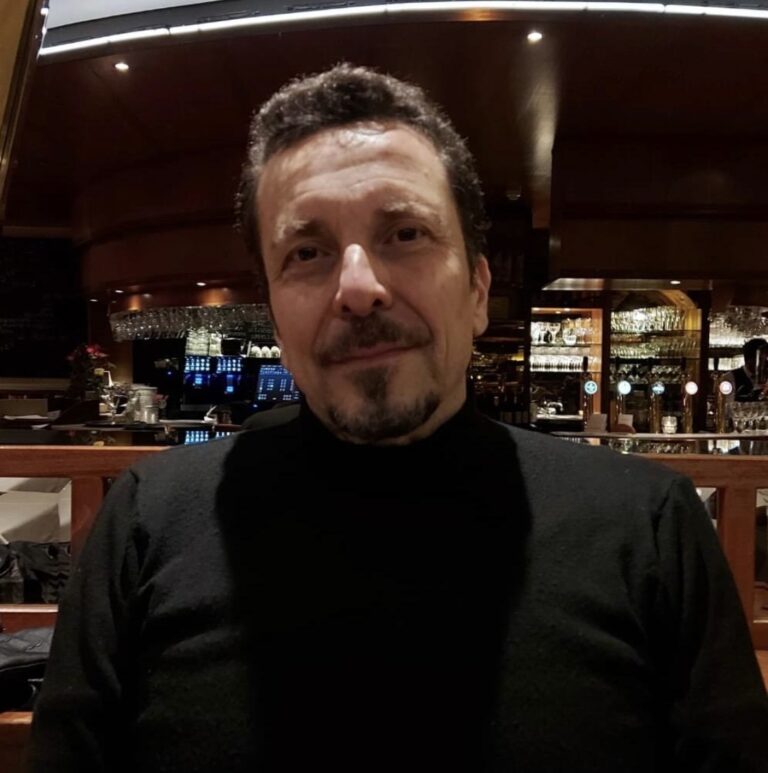
Igor Guatelli
Travaux
Different from the Utopias, normally treated as a unique projection of an ideal future, despite their multivalent potentiality of refusal, the heterotopies are always plural, multiple unique places in their existences; places at the margin of universal and universalizing logics. The term is connected to one of the discussions held by Foucault [1] on the existence of unique spaces, which dispositions in the society transform them in deviant or diachronic spaces in relation to the cultures, in which they are inserted. They are spaces administrated and managed according to quite specific laws, on the one hand, inverted images of the logic to which they belong or which they reflect; spatial differentiations resulting from the social realities and logics of which they are repressed and begin to illustrate in an inverted manner and, on the other hand, they take on the role and the chance to be spaces with a onto-teleologic dimension (existence and purpose) that may be disturbed by temporary situations capable of introducing other impermanent operating logics (events of heterochrony). Which were the logics that came as social and spatial becoming « with » the heterotopics places: The Viaduc des Arts in Paris, the Spitellau Viaduct in Wien, the High Line Park in New York and the still « hesitant » transformation of Elevado João Goulart, in São Paulo, into a park? Which infrastructural spectra are those which, when they return as antagonists of what they were or what they insist on being, deflagrate other sociabilities? What was expropriated from these infrastructures at the moment they returned and return, and are socially re-appropriated, according to another city-planning logic? What is in front of us and what is still to be seen as an urban and social phenomenon? This entity that returns is edited by visible and spectral forces, invisible, or by what is apparently beyond and beneath the thing, surrounding it, underlaying it but, even so and despite of it, already is or still is the thing itself.
Interview accordée à Marcelo Tramontano, rédacteur en chef de Virus Journal – IAU-USP
Many are the Schibbolethsof our modernity: ethnic, linguistic, cultural, and religious traits that should ensure the uniqueness of peoples and regions become traces of identification of the undesirable other. Schibbolethsthat could serve as a denunciation of an urgent need for hospitality become obstacles to its practice. Doris Salcedo, a Colombian artist invited bythe Tate Modern in London in 2007, creates her Schibbolethto denounce historical processes of erasure of this other, especially the colonized, subalternized, exploited, expelled, exterminated other. The artist creates an installation that dives into the bowels of the institution, appropriating it through the indelible mark of denunciation of the historical violence produced by and across borders. The work is a trail of pasts, but also of possible futures, a fissure that separates and unites at the same time. It will be through this clash of civilizations united by the fissure that we will begin, alluding to Jacques Derrida’s thinking as a methodology, especially his philosophy of traces, in a critical dialogue with the work and becomings
La floraison des espaces communs dans le Brésil contemporain
Coopération, co-opérations, sont des expressions qui énoncent le co, le cum, l’être ensemble comme condition de l’apparition du territoire de partage et d’une autre démocratie. Au début du millénaire, une transformation est devenue perceptible dans les villes du Brésil : un désir nouveau pour l’espace public et commun. Ce désir est apparu sous forme d’une myriade de mouvements activistes d’occupation et d’appropriation des espaces publics. Nous nous référons à des mouvements horizontaux, non hiérarchisés et auto-organisés de la société civile, qui ont acquis une grande importance politique tels que les mouvements « Ocupe Estelita » à Recife, « Praia da Estação » à Belo Horizonte, et « A Batata Precisa de Você » à São Paulo.
Nationalist invocations, democratic disenchantment, widespread creation of dehumanizing exclusion areas, populations kept on the margins even within their territories, inter-racial, intercultural and religious conflicts seen as avatars of civility. Our contemporary world demands that we look once again to hospitality—a hospitality yet to come, unknown, unnamable, which will certainly require an exercise in repositioning and displacing the concepts of subject, citi-zenship, humanity, politics, justice, borders, inside and outside. But this exercise of becoming-hospitality will require us to look back to [re]think the present and the future. Thus, thinkers such as Kant, Lévinas, Ricoeur, Arendt, Derrida, Rancière and others who dedi-cated themselves to theorizing about citizenship, the other’s right to exist, the idea of justice from the arrival of the other and with the other were called upon to help us think about an [im]possible re-enchantment of a hospitality that governments never cease to call into question by questioning its limits and virtue

